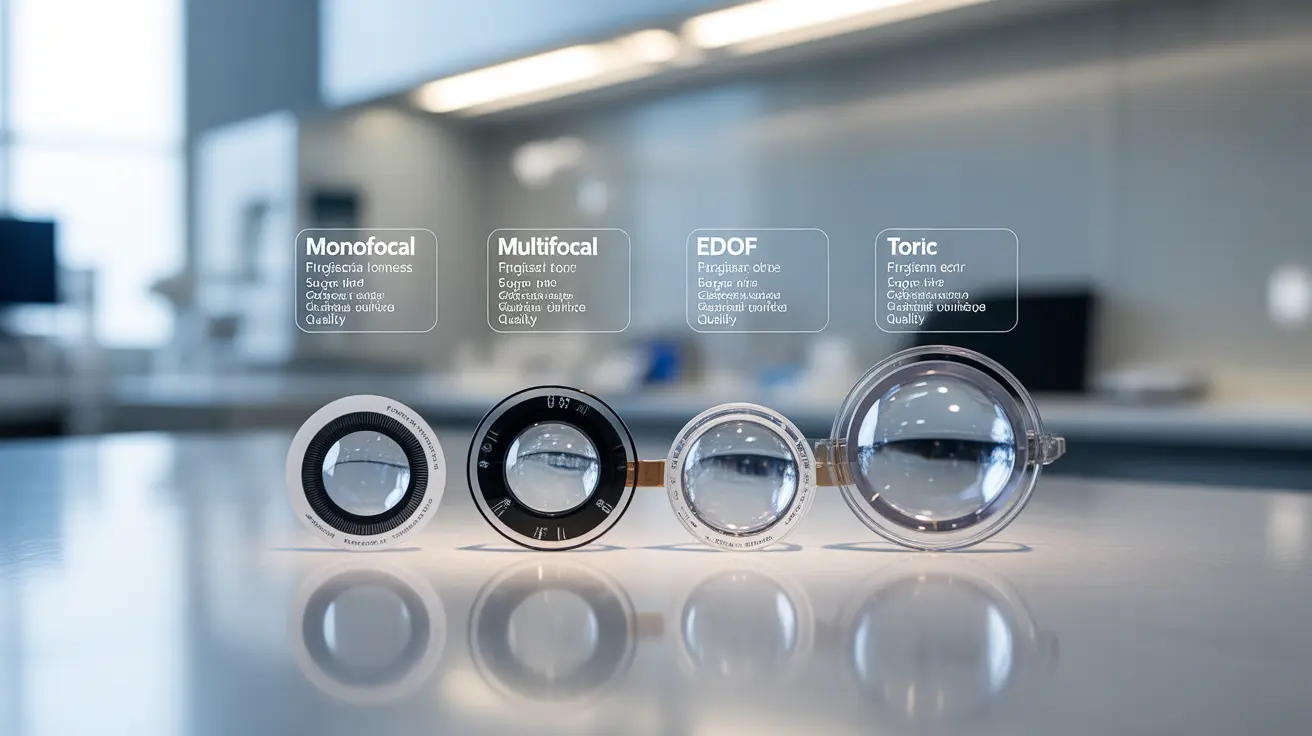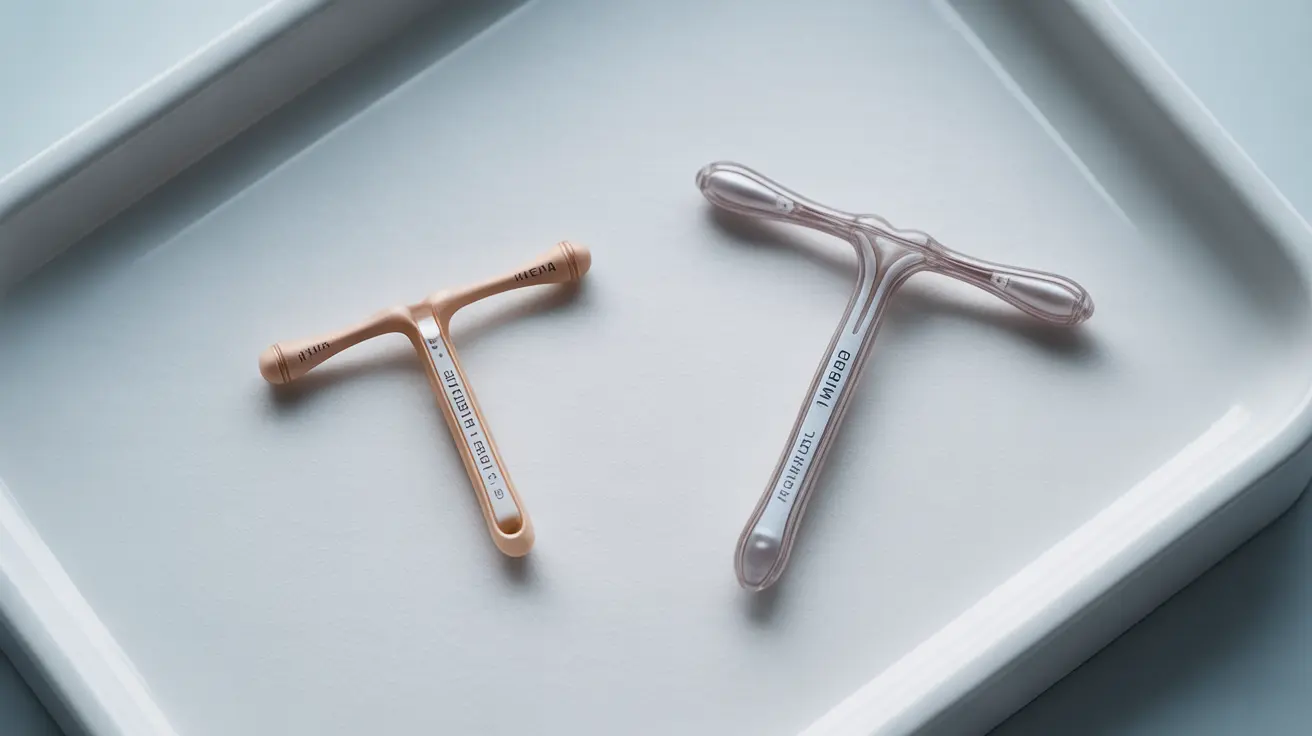After foot or ankle surgery, maintaining mobility while allowing proper healing is crucial. Traditionally, crutches have been the go-to solution for non-weight bearing recovery periods. However, a new contender has entered the arena: the knee scooter. This innovative device is changing the game for patients recovering from lower limb surgeries, offering a blend of stability, comfort, and ease of use that's hard to match.
Recent studies have shed light on the advantages of knee scooters over standard crutches, particularly in terms of patient satisfaction and preference. Let's explore why knee scooters are becoming the preferred choice for many patients and medical professionals alike, and what this means for post-surgical recovery.
Understanding Knee Scooters and Their Benefits
A knee scooter, also known as a knee walker, is a mobility aid designed to support the leg after surgery or injury. It features a padded seat for the knee, handlebars for steering, and wheels for smooth movement. This design allows patients to propel themselves forward while keeping their injured foot or ankle elevated and protected.
Advantages of Knee Scooters
Knee scooters offer several benefits that contribute to their growing popularity:
- Improved stability and balance
- Reduced strain on the upper body and hands
- Easier maneuverability in tight spaces
- Better overall comfort during extended use
- Increased independence in daily activities
These advantages translate into a more positive recovery experience for many patients, leading to higher satisfaction rates compared to traditional crutches.
Comparing Knee Scooters to Standard Crutches
While both knee scooters and crutches serve the purpose of aiding mobility during recovery, recent research has highlighted some key differences between the two:
Safety and Fall Risk
Contrary to what some might assume, studies have shown that the risk of falling is similar between knee scooters and crutches. In a comprehensive study of 106 patients recovering from foot and ankle surgeries, the number of falls reported was not significantly different between the two devices. This suggests that both options can be considered safe when used properly.
Patient Satisfaction and Preference
Where knee scooters truly shine is in patient satisfaction. The same study found that patients reported significantly higher satisfaction levels with knee scooters compared to crutches. This preference was so strong that patients overwhelmingly chose knee scooters as their preferred device for future surgeries.
Ease of Use and Comfort
Knee scooters are generally perceived as more comfortable and easier to use, especially for longer periods. They allow for a more natural posture and movement, reducing the strain on the arms and shoulders that is common with crutches. This can be particularly beneficial for patients with upper body weakness or those recovering from more extensive surgeries.
Considerations for Different Patient Groups
While knee scooters offer numerous advantages, it's important to consider individual patient needs when choosing a mobility aid:
Older Adults
The study noted a trend suggesting that older patients might have a slightly higher risk of falling, regardless of the device used. However, this trend did not reach statistical significance. For older adults, the stability offered by a knee scooter might provide an extra layer of confidence during recovery.
Patients with Different Body Types
The study included patients with a wide range of body mass indexes (BMI), averaging 28.6. Interestingly, BMI was not found to be significantly associated with fall risk or device preference. This suggests that knee scooters can be a suitable option for patients of various body types.
Type of Surgery
The research covered both ankle and forefoot surgeries, with no significant difference in device effectiveness or preference based on the type of procedure. This indicates that knee scooters are versatile and can be beneficial for a wide range of foot and ankle surgeries.
Frequently Asked Questions
Are knee scooters safer than crutches for foot and ankle surgery recovery?
While knee scooters are not necessarily safer than crutches in terms of fall risk, they are considered equally safe. The study found no significant difference in the number of falls between knee scooters and crutches. Both devices can be safe and effective when used correctly.
What makes knee scooters more comfortable than standard crutches for mobility after surgery?
Knee scooters are often perceived as more comfortable because they allow for a more natural posture, reduce strain on the arms and hands, and provide a stable platform for the injured leg. This design can lead to less fatigue and discomfort during extended use compared to crutches.
How do knee scooters and crutches compare in terms of fall risk during recovery?
The study showed that the fall risk is comparable between knee scooters and crutches. There was no statistically significant difference in the number of falls reported between the two devices, suggesting that both can be used safely during recovery.
Why do patients prefer knee scooters over crutches after foot and ankle procedures?
Patients tend to prefer knee scooters due to higher comfort levels, easier maneuverability, and the ability to maintain a more active lifestyle during recovery. The study found significantly higher satisfaction rates among knee scooter users, leading to a strong preference for knee scooters in future surgeries.
Are knee scooters suitable for older adults recovering from lower leg injuries?
Knee scooters can be suitable for older adults, but individual assessment is important. While the study noted a trend towards higher fall risk in older patients regardless of device, this was not statistically significant. The stability and ease of use of knee scooters may be beneficial for many older adults, but consultation with a healthcare provider is recommended to determine the best option based on individual circumstances.
In conclusion, knee scooters represent a significant advancement in post-surgical mobility aids. While both knee scooters and crutches have their place in recovery, the higher patient satisfaction and preference for knee scooters suggest they may offer a more comfortable and user-friendly experience for many patients. As always, the choice between mobility aids should be made in consultation with healthcare providers, taking into account individual patient needs and circumstances.




